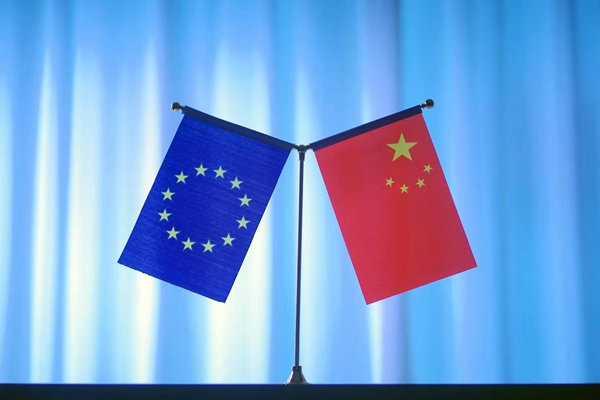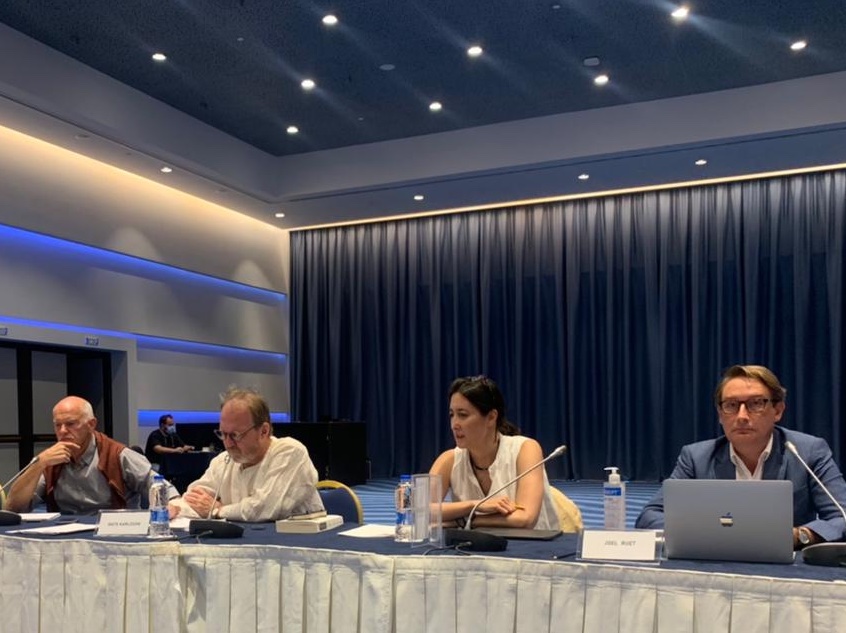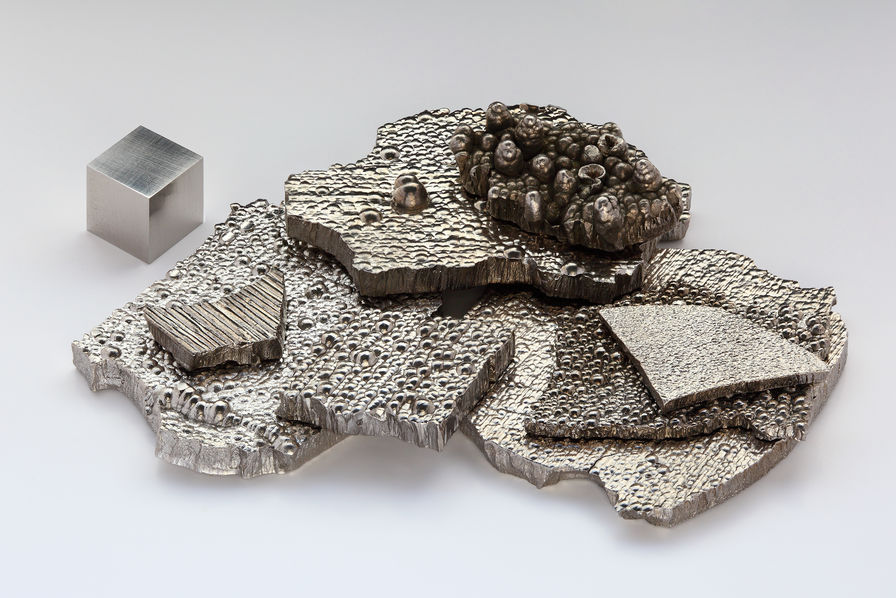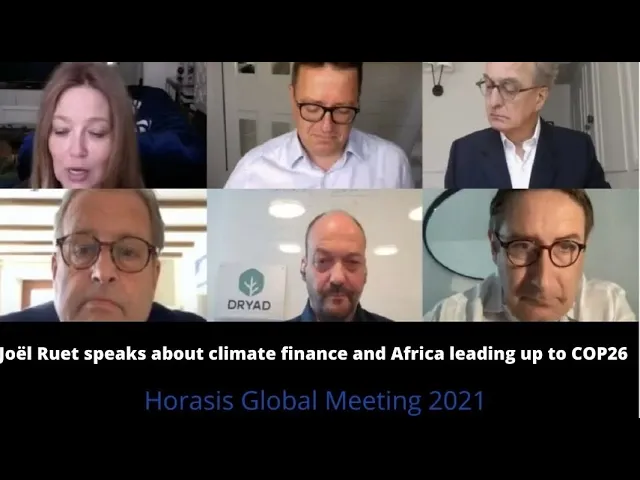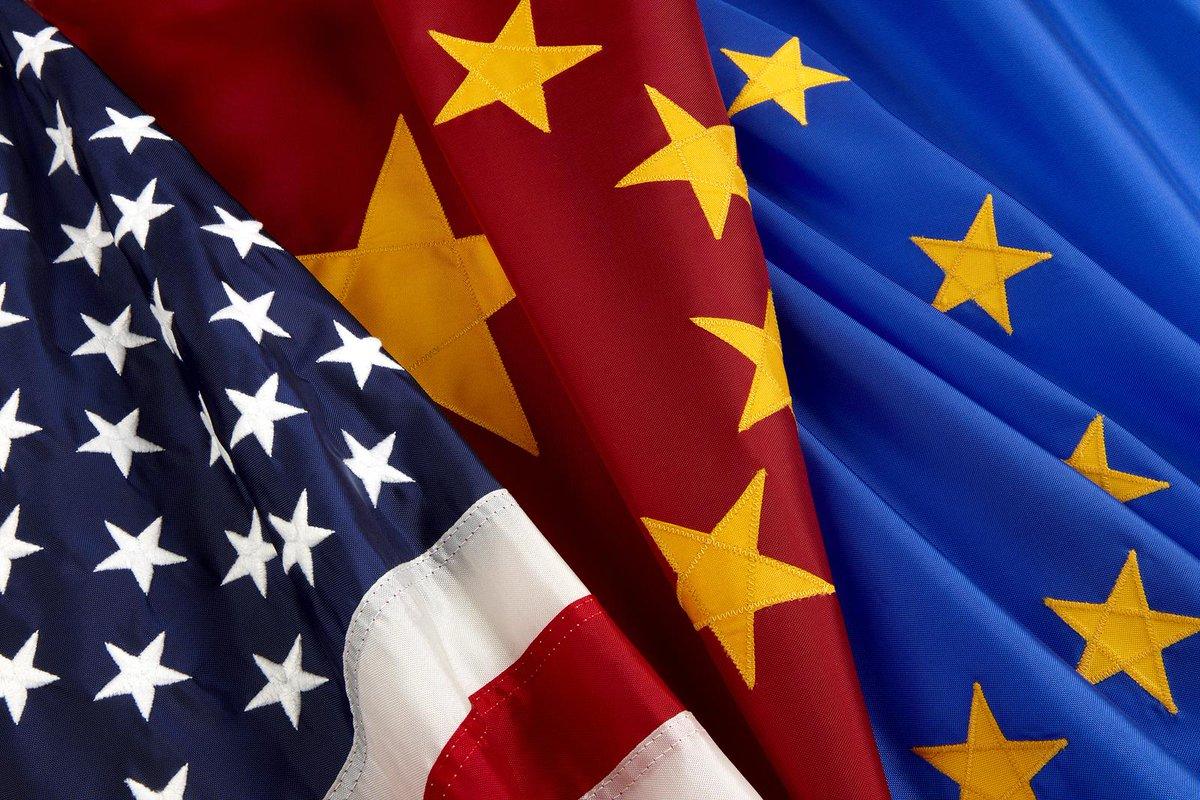Sustainable Energy transition trajectories in large countries
By Baudouin Becker, Antoine Goutaland, Xieshu Wang, Joël Ruet, Laure Elise Wargnier and Malaurie Le Bail.
The ecological emergency has caused a sharp pressure on policy makers to concentrate their efforts on elaborating public policies to organize the passage from the existing fossil fuels based system, that is unsustainable, to another system, whose contours are unknown in details for the time being, but whose ambition is to be durable. Unlike previous energy transitions that were achieved through industrial investments, the decarbonization of national economies is directly led and orchestrated by public authorities through incentives, constraints and policies. The presented documents are methodologies that aim at assessing the ability of governments to coordinate key actors and systems in order to achieve their climate goals and to identify the structural characteristics of the countries’ ecosystems.
These studies identify trajectories, that we define as the coordination of variables that allow a system to remain balanced while being in motion. A systemic understanding of these trajectories is proposed, including both major responses of public policies to climate issues and the possible integration of the new technologies within the existing system, including an analysis of industrial systems and their capacity (or disability) to meet these challenges.
In order to understand energy transitions across sectors, we have developed a detailed and replicable methodology that fully integrates the role and potential impact of actors (political and industrial). This has enabled us to understand energy transitions in an original way, freeing us from siloed macroeconomic studies and overly specific energy studies that do not allow us to understand the energy stakes as a whole.
In the following documents, you will find this methodology applied to over 20 economies.
The full report : Energy trajectories in main markets
Specific focus : Energy trajectories in main markets




